3 MEO PCP
Welcome to Substitute Chemicals, your trusted resource for research chemicals. In this article, we delve into the fascinating world of 3-MeO-PCP—a dissociative research chemical known for its unique effects and potential applications in scientific research. Whether you’re a seasoned researcher or simply curious about 3-MeO-PCP, we’ve got you covered with comprehensive information and insights.
3-Methoxyphencyclidine (3-MEO-PCP) is a dissociative hallucinogenic compound that belongs to the arylcyclohexylamine class. It is a popular research chemical known for its unique and potent effects. Please note that 3-MEO-PCP is strictly intended for research purposes and not for human consumption.
Understanding 3 MeO PCP: Effects, Benefits, and Potential Uses
Manufacturing Process:
The exact manufacturing process of 3-MEO-PCP is proprietary and not publicly disclosed. It is synthesized by modifying the chemical structure of phencyclidine (PCP), a well-known dissociative anesthetic. The addition of a methoxy group to the phenyl ring results in the formation of 3-MEO-PCP.
Usage:
3-MEO-PCP is primarily used for scientific and forensic research purposes. It is commonly employed by researchers, chemists, and professionals in the field of pharmacology to study its pharmacological properties, receptor interactions, and potential therapeutic applications. It is strictly prohibited to use, possess, or distribute 3-MEO-PCP for any other purposes.
Exploring the Effects and Potential Uses of 3 MeO PCP
Effects:
The effects of 3 MEO PCP can vary depending on the dosage and individual tolerance. It is essential to exercise caution and adhere to proper safety protocols when handling this compound. Here are some commonly reported effects:
- Dissociation: 3 MEO PCP induces a dissociative state where users may feel detached from their surroundings, experience sensory distortions, and have a distorted perception of time.
- Hallucinations: It can produce visual and auditory hallucinations, altering perception and sensory experiences.
- Euphoria: Users may experience a sense of euphoria and increased sociability, although these effects can vary from person to person.
- Cognitive Effects: 3 MEO PCP can affect cognitive functions, including memory, attention, and problem-solving abilities.
- Physical Effects: Some users may experience motor control impairment, sedation, and potential numbness or tingling sensations.
Dosage:
When it comes to researching 3 MeO PCP, dosage is a critical factor. Our experts at Substitute Chemicals provide detailed dosage guidelines to ensure the safe and effective use of this research chemical. We emphasize the importance of starting with low doses and gradually titrating up to find the optimal dosage for your research objectives, always taking into account individual tolerance levels and potential risks.
- Light: 2-5 mg
- Common: 5-10 mg
- Strong: 10-15 mg
- Heavy: 15 mg or higher
3-MeO-PCP vs. Other Dissociative Research Chemicals: A Comparative Analysis
Wondering how 3-MeO-PCP compares to other dissociative research chemicals? Substitute Chemicals offers a comparative analysis, highlighting the similarities and differences between 3-MeO-PCP and other compounds within its class. This information can help researchers make informed decisions and choose the most suitable compound for their specific research goals.
Mechanism of Action: Unraveling the Science Behind 3-MeO-PCP
Behind the unique effects of 3-MeO-PCP lies its mechanism of action. Substitute Chemicals takes a deep dive into the scientific understanding of how this research chemical interacts with the brain and nervous system. By exploring its receptor binding profile and neurotransmitter modulation, we shed light on the underlying mechanisms that contribute to its observed effects.


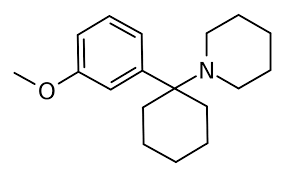





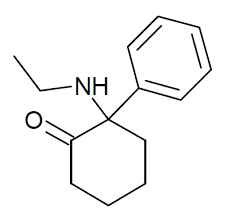

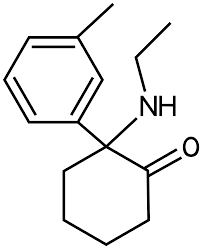

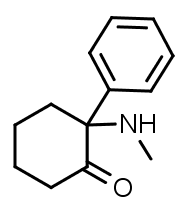

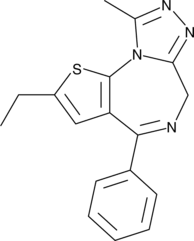

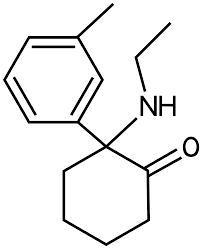

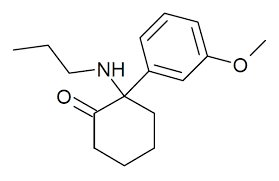


Reviews
There are no reviews yet.